Oklahoma City has a mixed record for bike-friendliness. On one hand, the city has extensive infrastructure, including multi-use trails and on-street bike lanes, that provide some security for cyclists as they ride for recreation or transportation.
On the other hand, though, Oklahoma City has relatively high rates of both bicycle accident injuries and fatalities. In fact, one study named Oklahoma City the fifteenth most dangerous city in the U.S. for bicyclists, beating out other heavy metropolitan areas like San Antonio, Phoenix, and Las Vegas.
Oklahoma City Bicycle Crash Statistics
In Oklahoma City, 88 individuals were involved in crashes between motor vehicles and bicycles in 2021, according to the last page of the Oklahoma Crash Facts report. For perspective, 57 were involved in such crashes in Tulsa, 17 in Norman, and 11 in Lawton; no other city saw more than eight bike accidents.
The state total was 269 individuals, which means just under one-third of the state’s bicycle accident victims were in Oklahoma City, and that number is shockingly high. Oklahoma City’s population of about 695,000 only makes up about 17% of the state’s total population, meaning it saw nearly twice as many bike crashes as it should have, given its population share.
With that said, the numbers make it abundantly clear why Oklahoma City cyclist risk rates are so high.
Oklahoma City Crash Outcomes
Bicycle accidents in Oklahoma City caused the following outcomes:
- Two fatal injuries
- Ten serious injuries (requiring ambulance transportation from the scene)
- 25 visible but minor injuries
- 34 possible injuries that produced complaints of pain or other symptoms
- Six injuries of unknown severity
- Eleven cases in which no one was injured
These numbers show that only 12.5% of the cyclists hit by cars in 2021 walked away from their crashes unscathed.
Causes of OKC Bicycle Crashes
Bicycle crashes are often the result of fairly predictable causes. Both cyclists and the drivers who hit them make similar mistakes regardless of the circumstances. Nevertheless, cyclists usually suffer the consequences since they have nothing to protect them in a crash.
A common cause of bicycle crashes happens when drivers turn left across the path of cyclists, generally to beat the cyclist through the intersection. Occasionally, they misjudge the speed or distance of the bike, but in many cases, the driver simply fails to see the bicycle approaching.
Another reason for bicycle accidents occurs when drivers overtake riders. Drivers may crowd bicyclists when passing, hit them with their side mirrors, or get so close the cyclist loses control of their bike. Drivers may also merge too soon after passing, cutting off the cyclist.
The cause of some intersection crashes, in particular, is when drivers fail to spot cyclists on the right shoulder next to them. They make a right turn in front of the cyclist, running them over or causing the cyclist to hit the side of the car.
Lastly, though Oklahoma does not release adult bicycle helmet use statistics, helmet usage is very low among children in the state at just 28%.
Of course, helmets are highly effective at reducing injuries in a bike crash; those wearing helmets when hit have a 60% lower chance of suffering a head injury and a 53% lower chance of experiencing a traumatic brain injury. Overall, helmet use reduces your odds of injury or death in a crash by up to 34%.
Dangerous Times To Ride
According to the Crash Facts report, most bicycle collisions in Oklahoma City occur on weekdays, with the average number of bike crashes on weekdays being 31% higher than that during weekends. Thursday was the most dangerous day to ride, and Saturday was the safest.
In addition, most bike crashes happened during the afternoon, just before rush hour, with both total crashes and fatal crashes peaking between 3 p.m. and 4 p.m. There is no easy explanation for the peak during these hours aside from the notion that vehicle traffic and bicycle traffic begin to build at these times, with the general congestion leading to collisions.
Dangerous Locations For Cyclists
The Oklahoma Highway Safety Office (OHSO) maintains an interactive map that illustrates crash locations. Crashes tend to cluster where external conditions, such as traffic congestion and poor intersection controls, amplify dangerous driving behaviors like speeding and tailgating.
Several intersections in Oklahoma City saw multiple bicycle collisions in 2021, the most dangerous of which are as follows:
- Western Ave. and SW 68th St.
- Harvey Ave. and NW 6th St.
- Pennsylvania Ave. and NW 25th St.
- Reno Ave. and MacArthur Blvd.
Crashes can also happen between intersections.
Some roads that experienced multiple bicycle crashes in 2021 include the following:
- NW Expressway
- Portland Ave.
- Classen Blvd.
- Pennsylvania Ave
- NW 6th St.
- Meridian Ave.
Keep in mind that the sample size from any particular year is quite small, which means crashes could still happen anywhere in the city despite these clusters.
Bicycle Infrastructure in Oklahoma City
Despite its crash records, Oklahoma City has fairly good bicycle infrastructure. It has nine major multi-use trails that run through the city’s major natural attractions, like Lake Hefner and Lake Overholser.
These trails include bike parking facilities and other infrastructure that supports recreational cyclists, but they do not run to the areas of town where people typically live and work. They do, however, connect to bike lanes that run into these more built-up areas.
Public transportation also extends the distance you can take your bike in the city. Buses and streetcars accommodate bikes at no extra charge, allowing you to take your bike into areas where the roads lack clear bike lanes or trails.
Biking Safely in Oklahoma City
Oklahoma City has a mixed record for bicycle safety, with a strong base of bicycle infrastructure for commuters and recreational riders but an alarming rate of accidents for the size of the city.
That said, when you ride in Oklahoma City, plan a route incorporating the city’s bike network and public transportation. Pay attention at intersections for drivers who go out of turn, and always wear a helmet in case of an accident. With these few tips, you can ride safely throughout Oklahoma City.


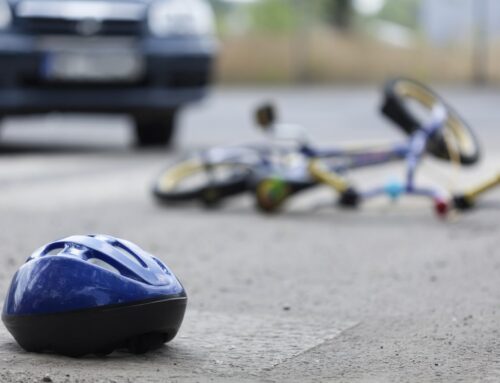
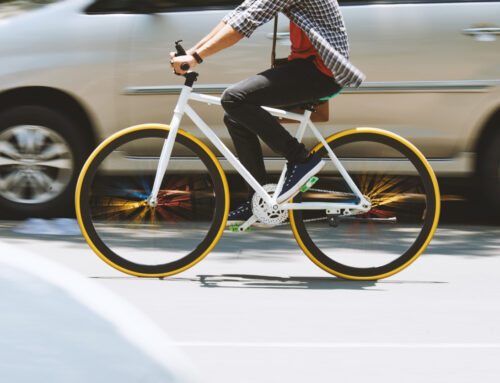
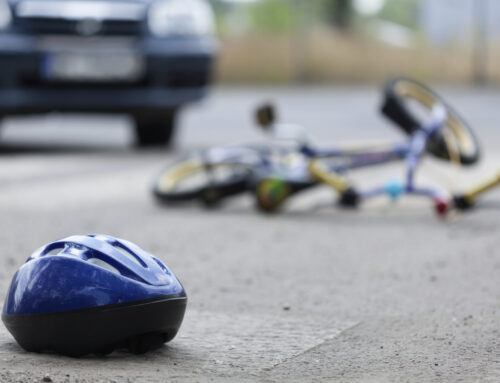
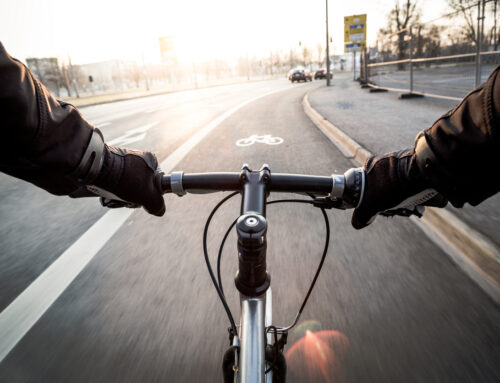
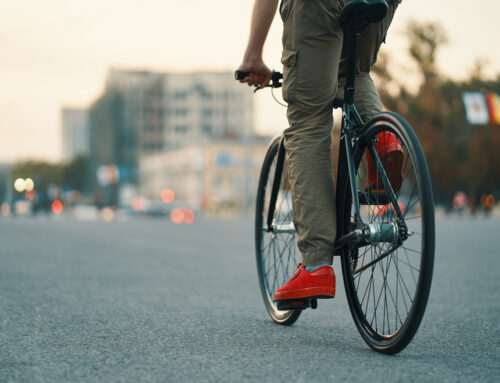
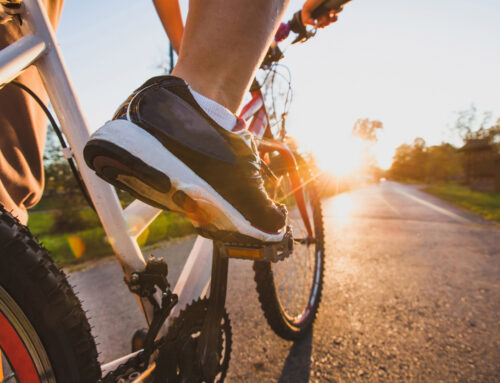
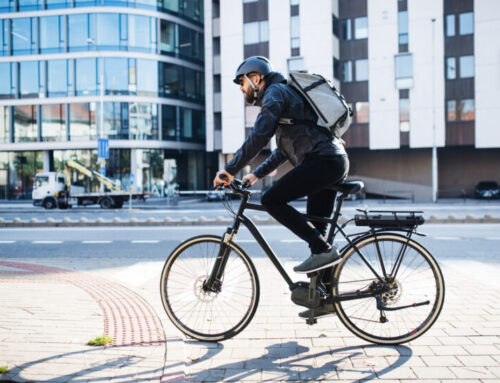
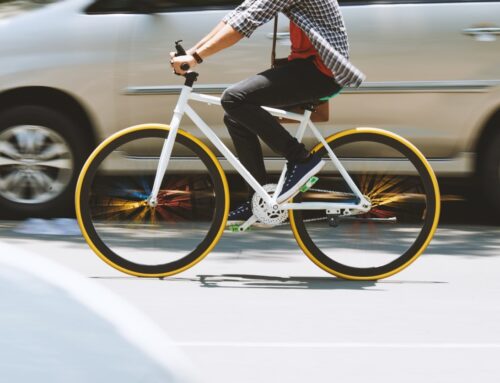
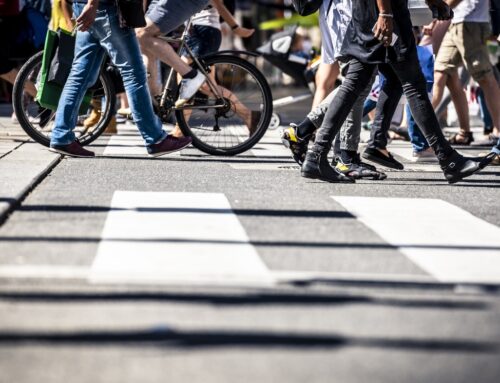
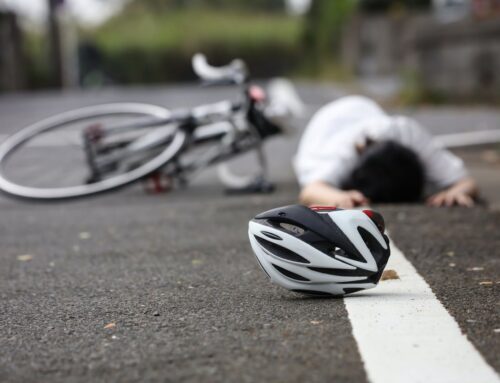
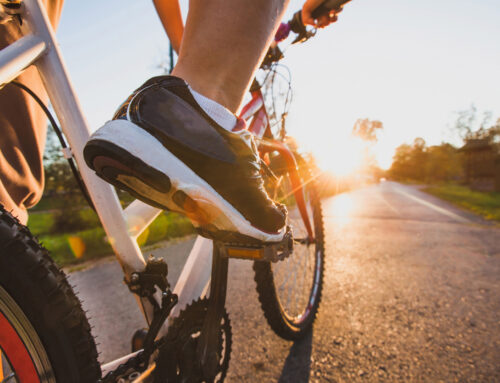
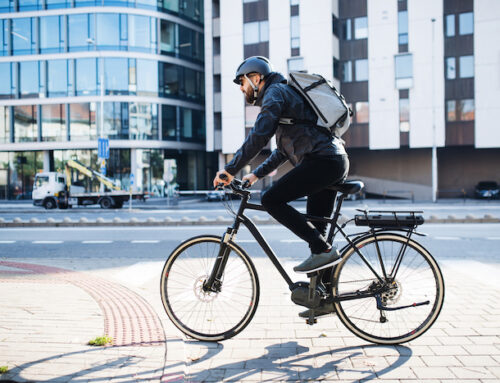
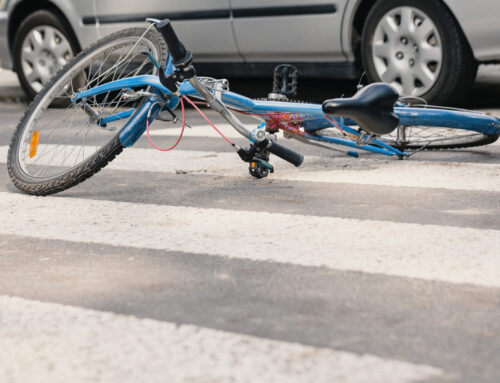
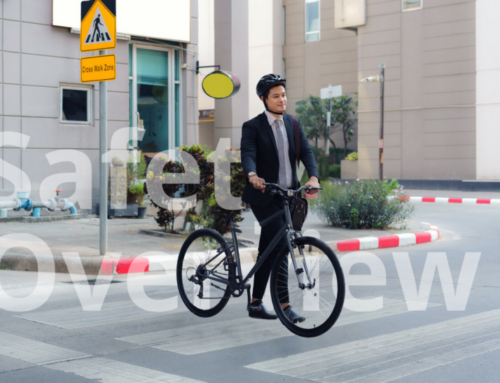
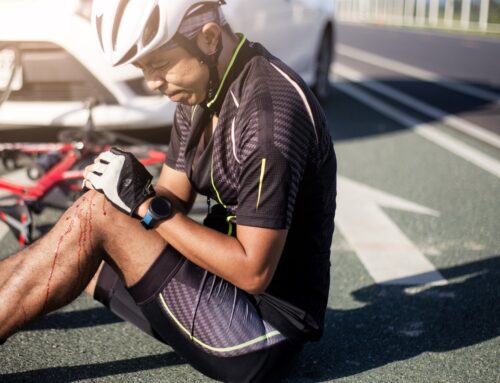
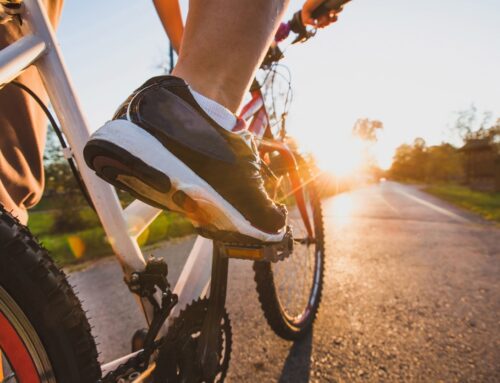
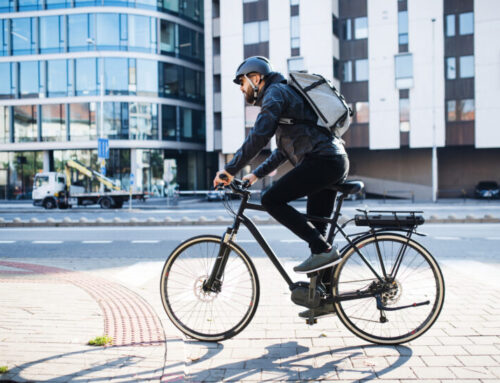
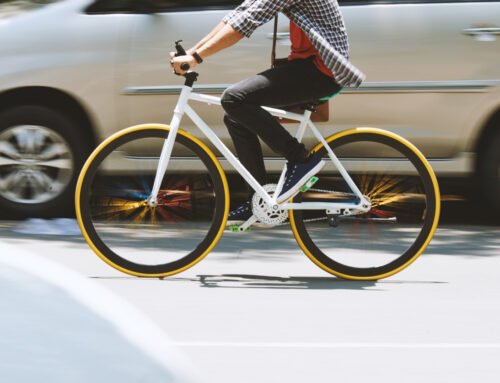
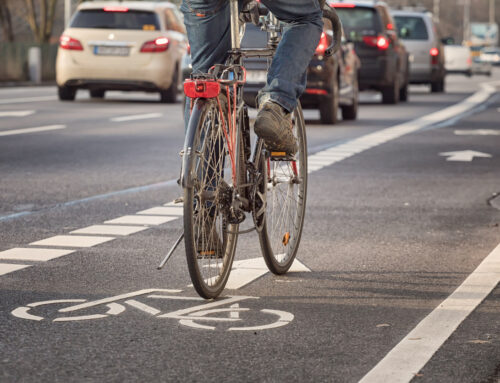
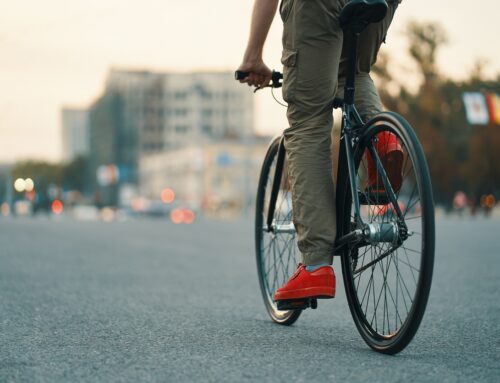
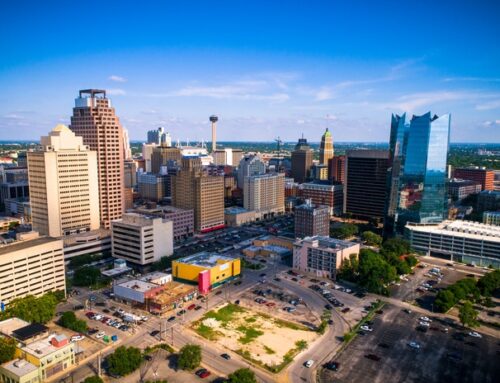
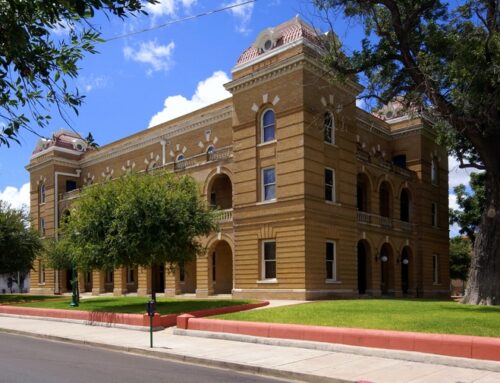

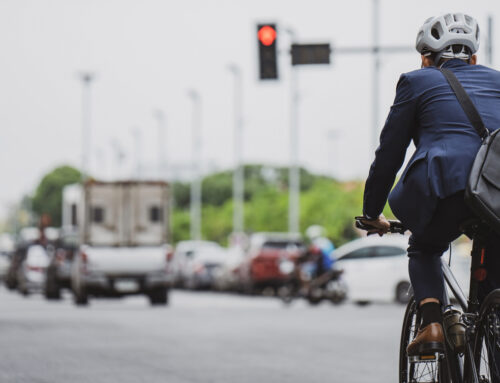
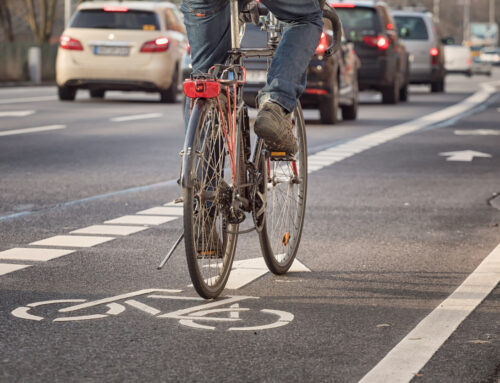
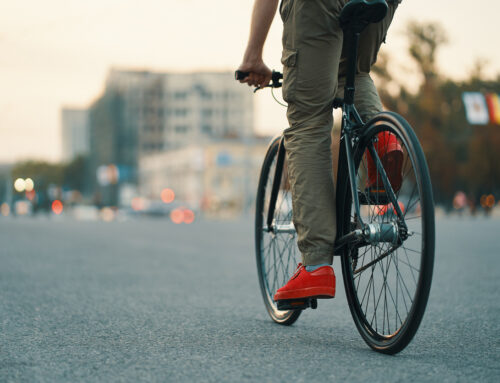
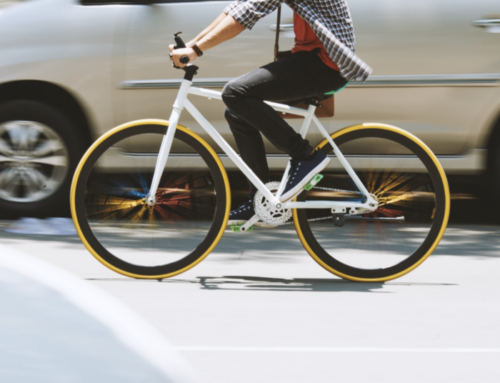
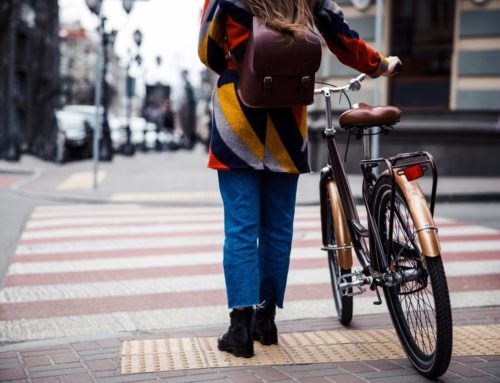
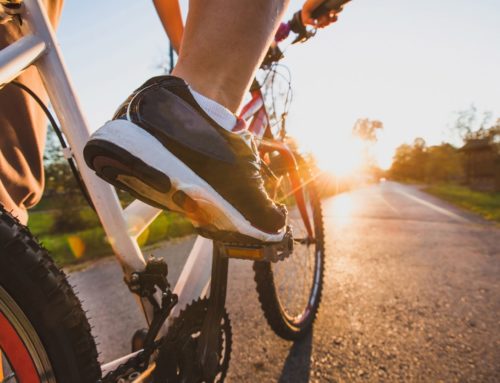
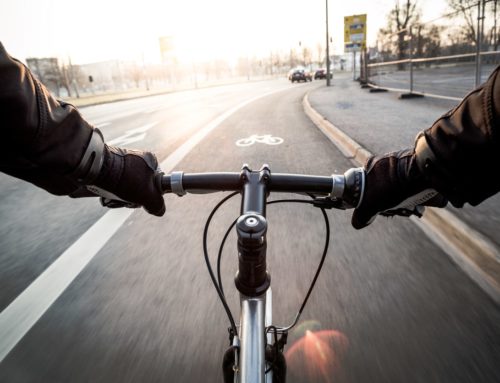
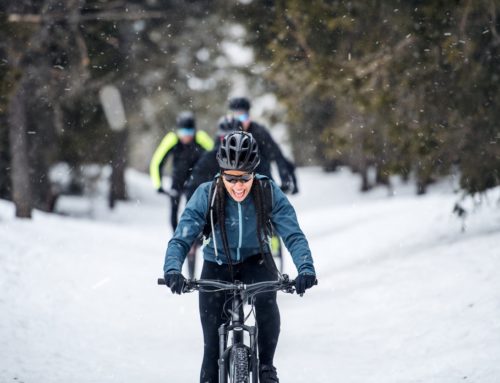
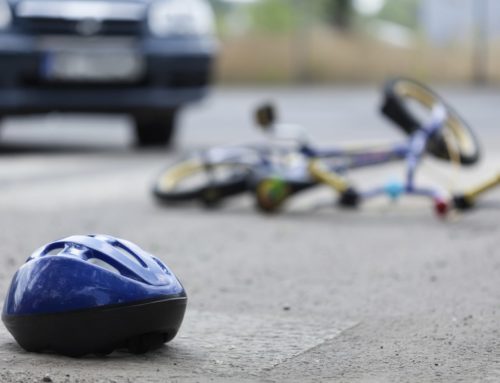
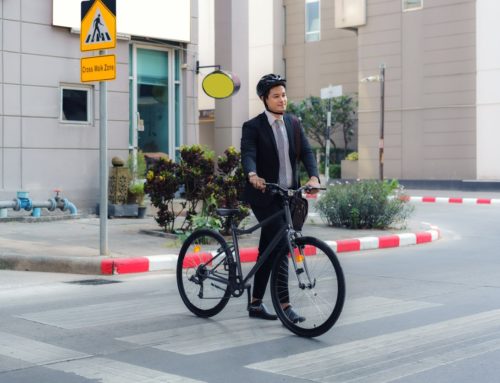
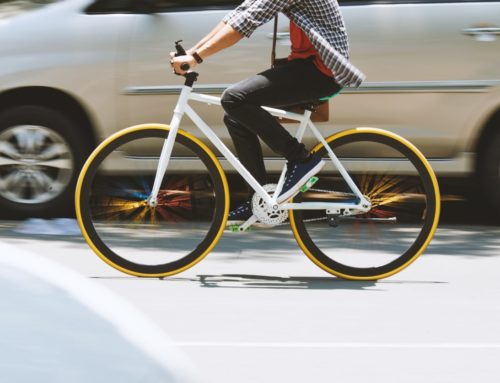
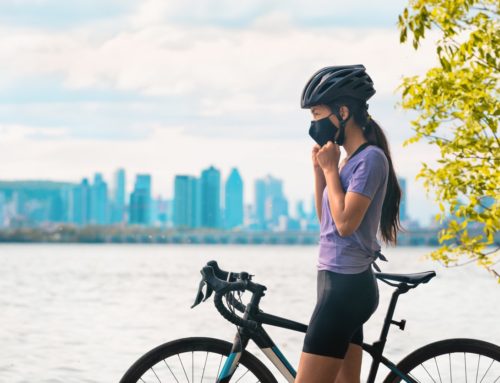
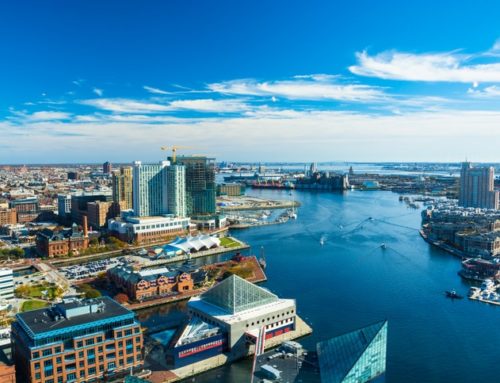
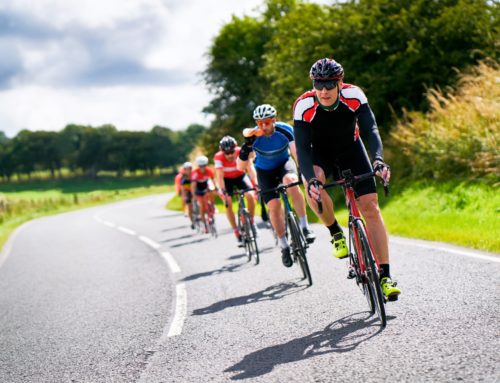
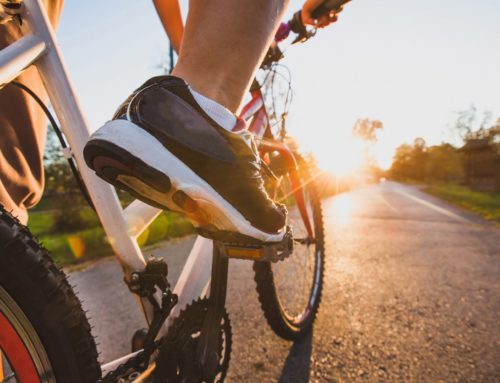
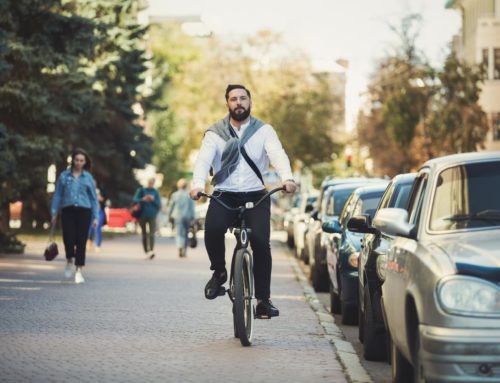
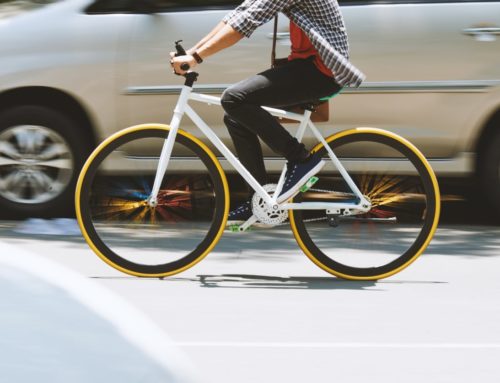

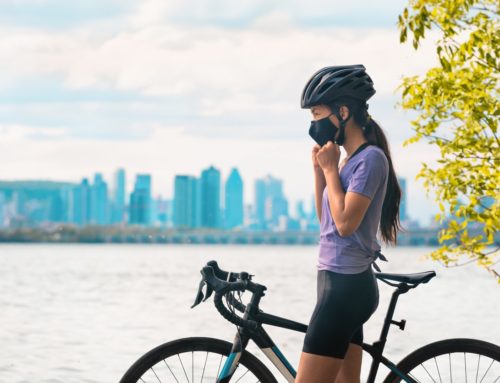
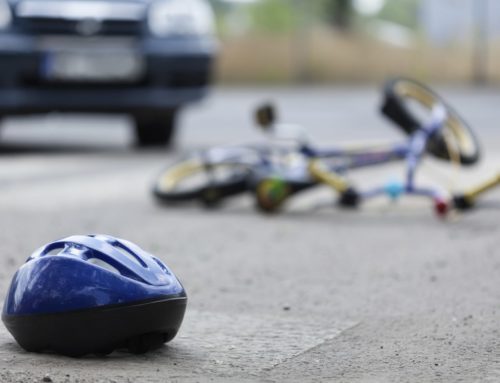

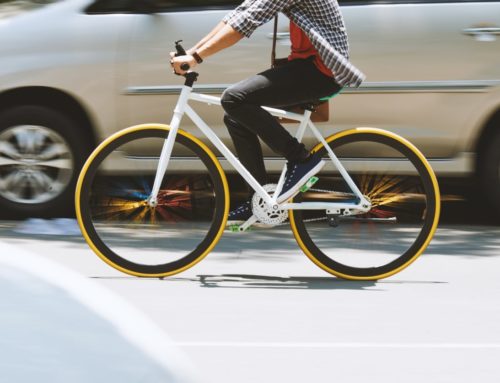
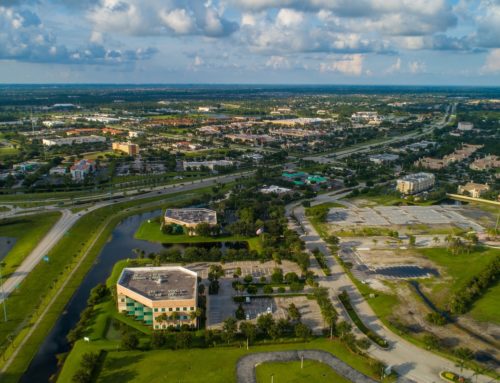
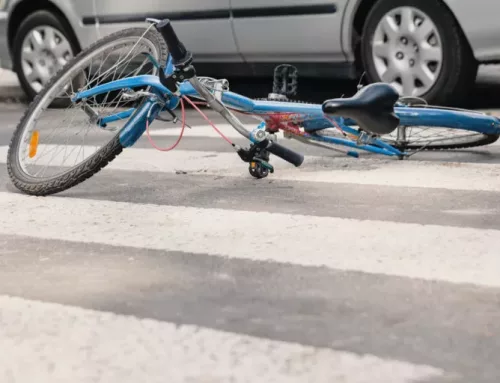
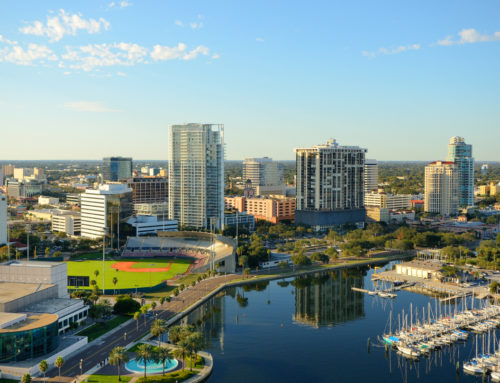
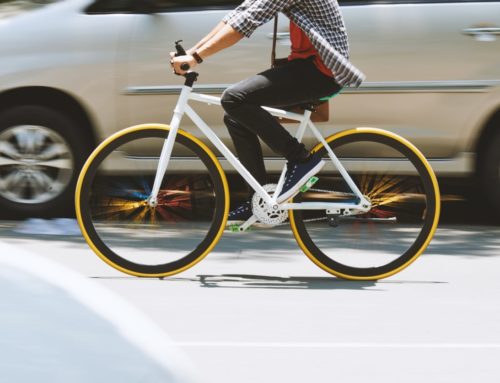
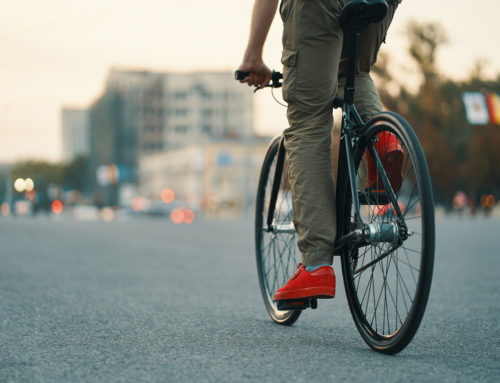
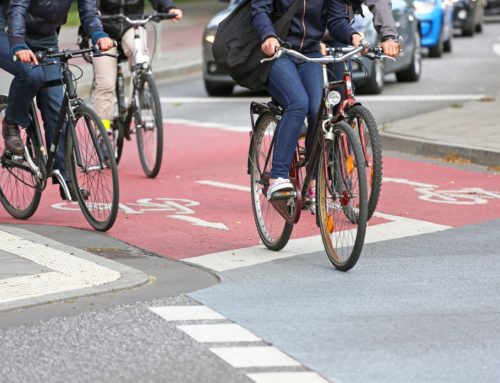
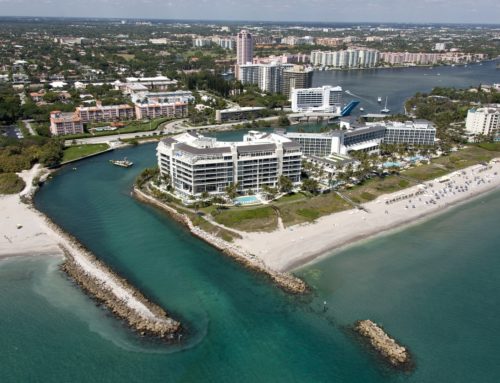
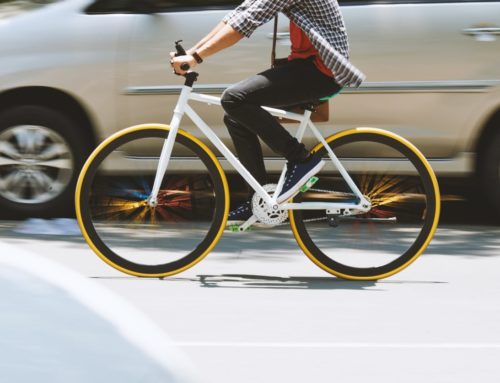
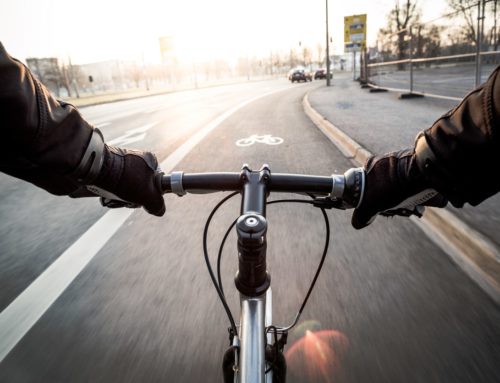
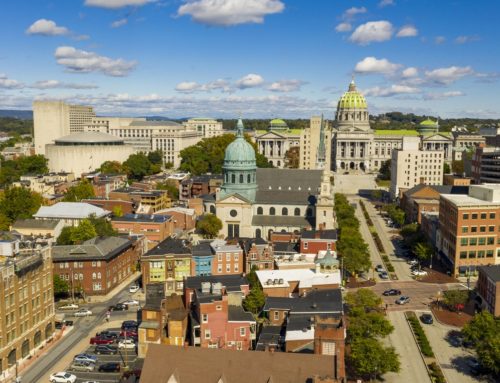
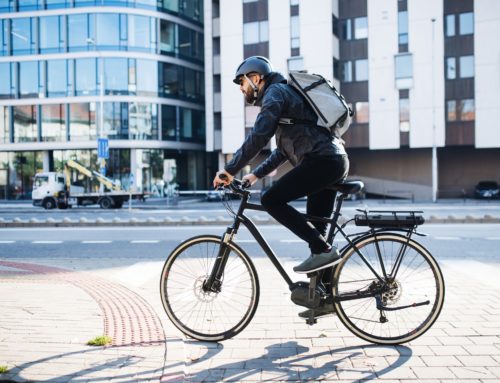
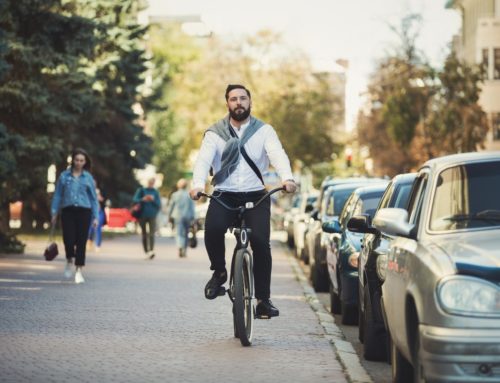
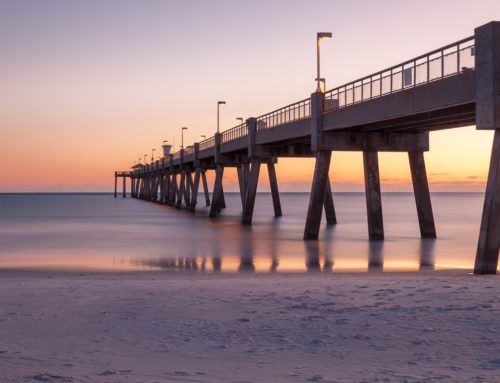
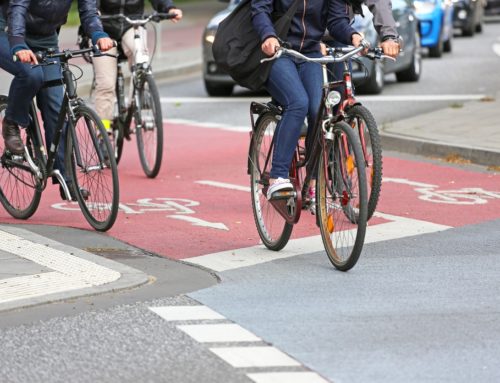
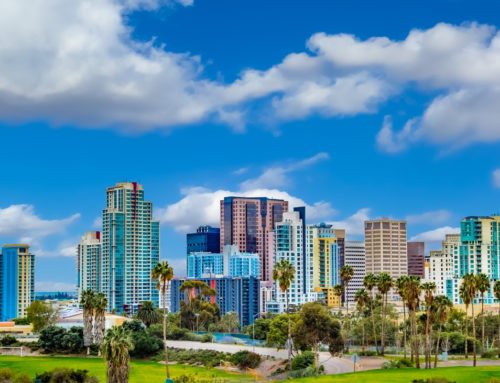
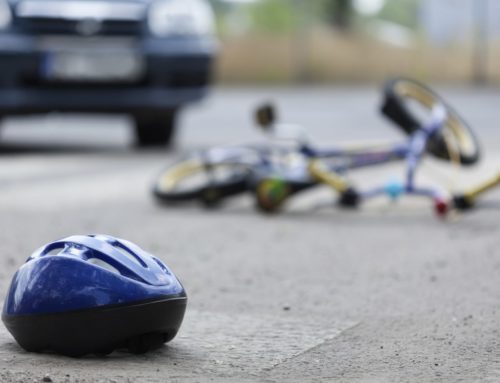
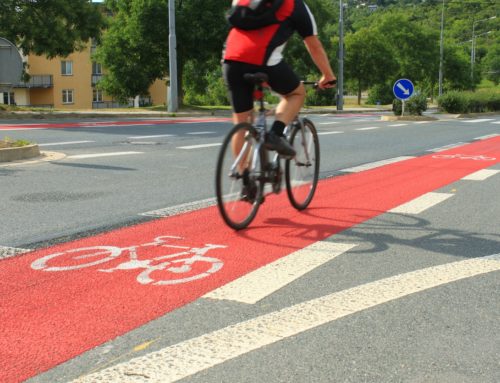



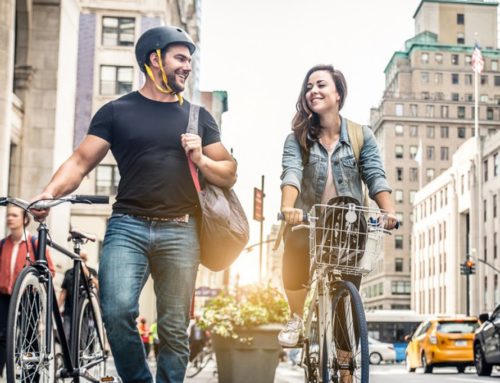
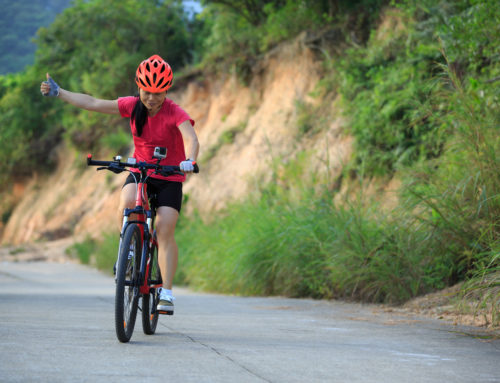
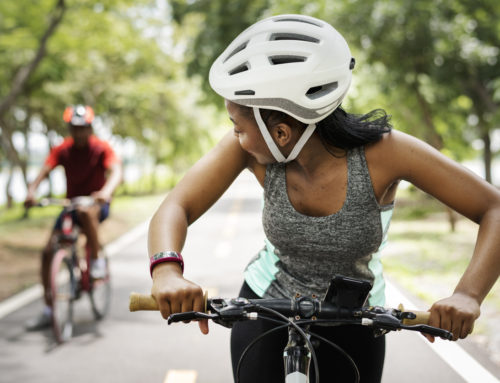
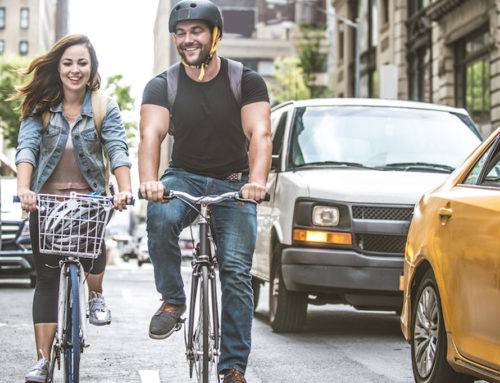


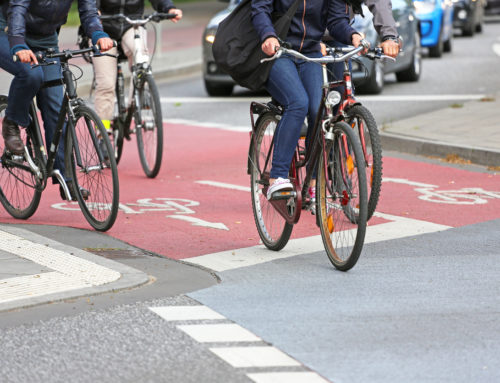
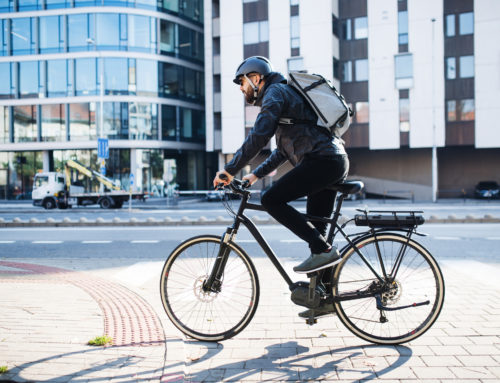
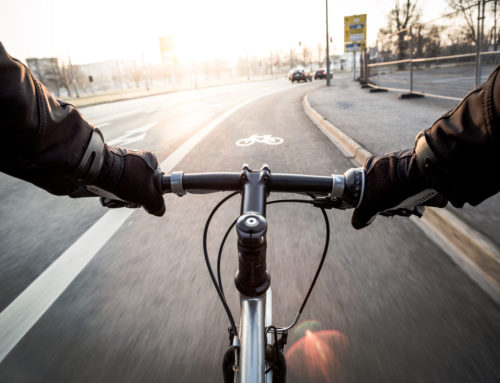

Leave A Comment